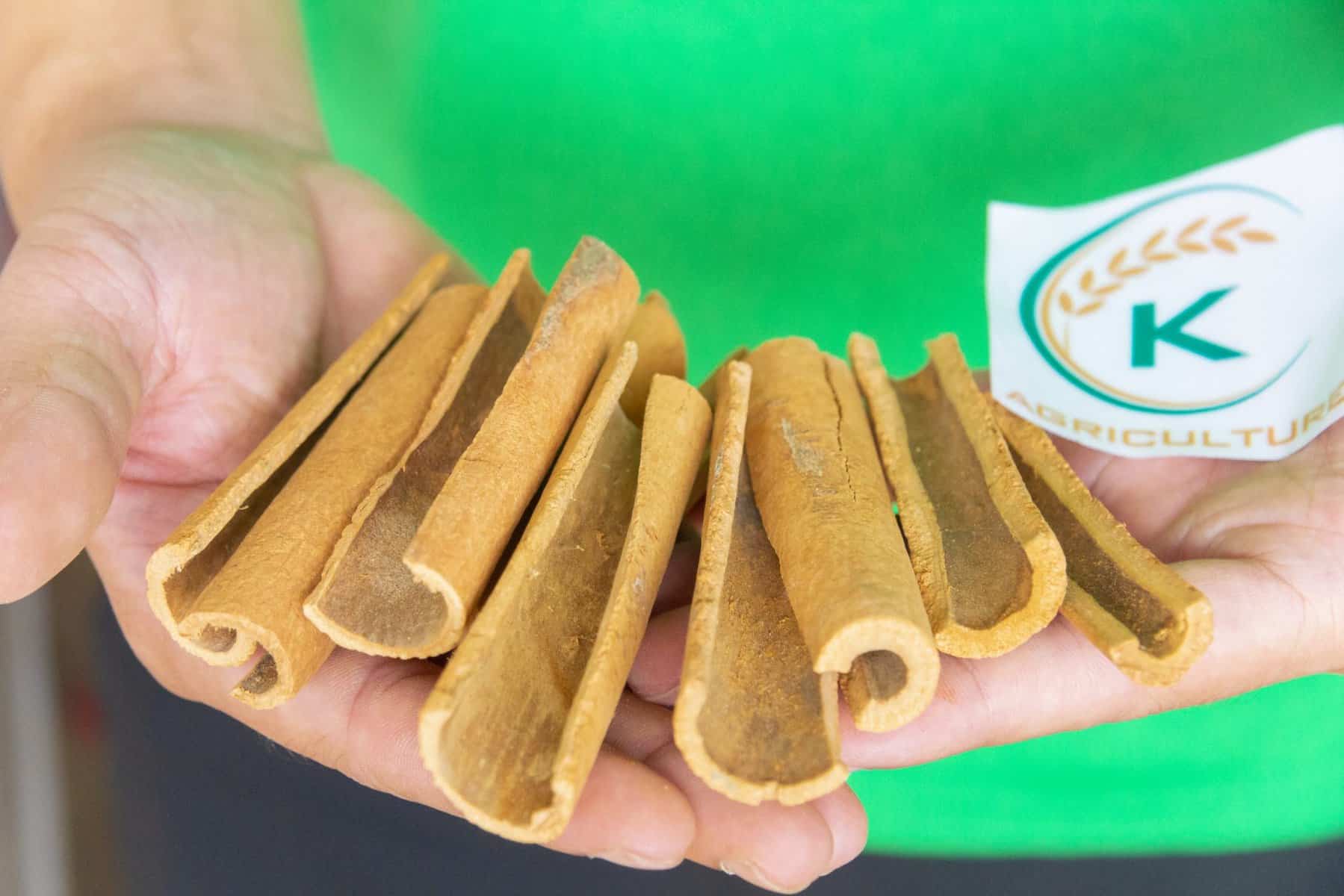Unlocking the Secrets of Vietnamese Cinnamon: A Flavor Journey
Vietnamese cinnamon, known locally as “cassia,” is a spice that transports your senses to the vibrant markets and lush landscapes of Vietnam. With its warm, sweet aroma and rich flavor profile, this variety of cinnamon is distinct from its more commonly known counterpart, Ceylon. As culinary enthusiasts and home cooks alike explore the world of spices, Vietnamese cinnamon stands out as a secret ingredient that can elevate both traditional dishes and modern recipes alike.
The journey to discovering Vietnamese cinnamon is one filled with flavor and history. This spice, derived from the bark of the Cinnamomum cassia tree, has been cherished in Vietnamese culture for centuries. It not only adds depth to a wide array of dishes but also offers health benefits that have made it a staple in both the kitchen and traditional medicine. As we delve deeper into the essence of Vietnamese cinnamon, we will uncover what makes it unique and why it deserves a special place in your spice cabinet.
The Origins of Vietnamese Cinnamon
Vietnamese cinnamon, also known as cassia, has its roots deeply embedded in the rich soils of Southeast Asia. This aromatic spice is primarily cultivated in the regions of Vietnam, particularly in the northern provinces like Quang Nam and Yen Bai. The climate and geography of these areas create the perfect conditions for growing high-quality cinnamon, which has been cherished for centuries.
Historically, Vietnamese cinnamon was a valued commodity in trade routes connecting the East and West. Its unique flavor and fragrant aroma made it highly sought after, leading to its use in various culinary and medicinal applications. The spice gained popularity during the Tang dynasty and was mentioned in ancient texts, which highlights its significance in both culinary practices and cultural traditions.
Today, Vietnamese cinnamon stands out among other varieties due to its rich, sweet flavor profile and distinctive aroma. Farmers often harvest the inner bark of the cinnamon tree, allowing it to be dried into rolls or quills. This traditional harvesting method has been passed down through generations, ensuring that the unique qualities of Vietnamese cinnamon are preserved and celebrated worldwide.
Flavor Profile and Culinary Uses
Vietnamese cinnamon, also known as cassia, boasts a uniquely rich and complex flavor that sets it apart from other varieties. It is characterized by its warm, sweet, and slightly spicy notes, which bring a depth and intensity to dishes. The oil content in Vietnamese cinnamon is higher than in other cinnamons, contributing to its strong aroma and bold flavor. This distinct profile makes it a favorite among chefs and home cooks alike, who seek to elevate their culinary creations.
In the kitchen, Vietnamese cinnamon can be used in a variety of ways. It is an essential ingredient in many Asian dishes, including savory stews, marinades, and spice blends. Its robust flavor pairs well with meats, particularly lamb and pork, creating a delightful contrast to their natural richness. Additionally, vietnamese cinnamon can be sprinkled over baked goods like pastries, cakes, and cookies, infusing them with warmth and sweetness that complement other ingredients.
Beyond traditional uses, Vietnamese cinnamon also shines in beverages. It is a key component in chai blends and can be added to teas, coffee, and hot chocolate for an aromatic twist. In desserts, it enhances fruit-based dishes, from apple pies to poached pears, adding a luxurious layer that transforms the experience. This versatility makes Vietnamese cinnamon not only a spice but a truly essential element in a wide array of culinary applications.
Health Benefits and Nutritional Value
Vietnamese cinnamon, recognized for its intense flavor and aroma, also boasts an impressive array of health benefits. Rich in essential oils, particularly cinnamaldehyde, this spice has been linked to anti-inflammatory and antioxidant properties. These compounds help reduce inflammation in the body, potentially lowering the risk of chronic diseases and improving overall health.

In addition to its anti-inflammatory benefits, Vietnamese cinnamon may also support heart health. Studies suggest that this spice can help lower blood pressure and cholesterol levels, which are critical factors in preventing cardiovascular disease. Its potential to enhance circulation further contributes to its reputation as a heart-friendly spice, making it a valuable addition to a balanced diet.
Moreover, Vietnamese cinnamon is believed to have antimicrobial properties, which may aid in gut health and digestion. The spice can help fight off harmful bacteria and support a healthy microbiome. With its low-calorie count and rich flavor, it can be easily incorporated into various dishes, allowing individuals to reap its health benefits while enjoying delicious meals.